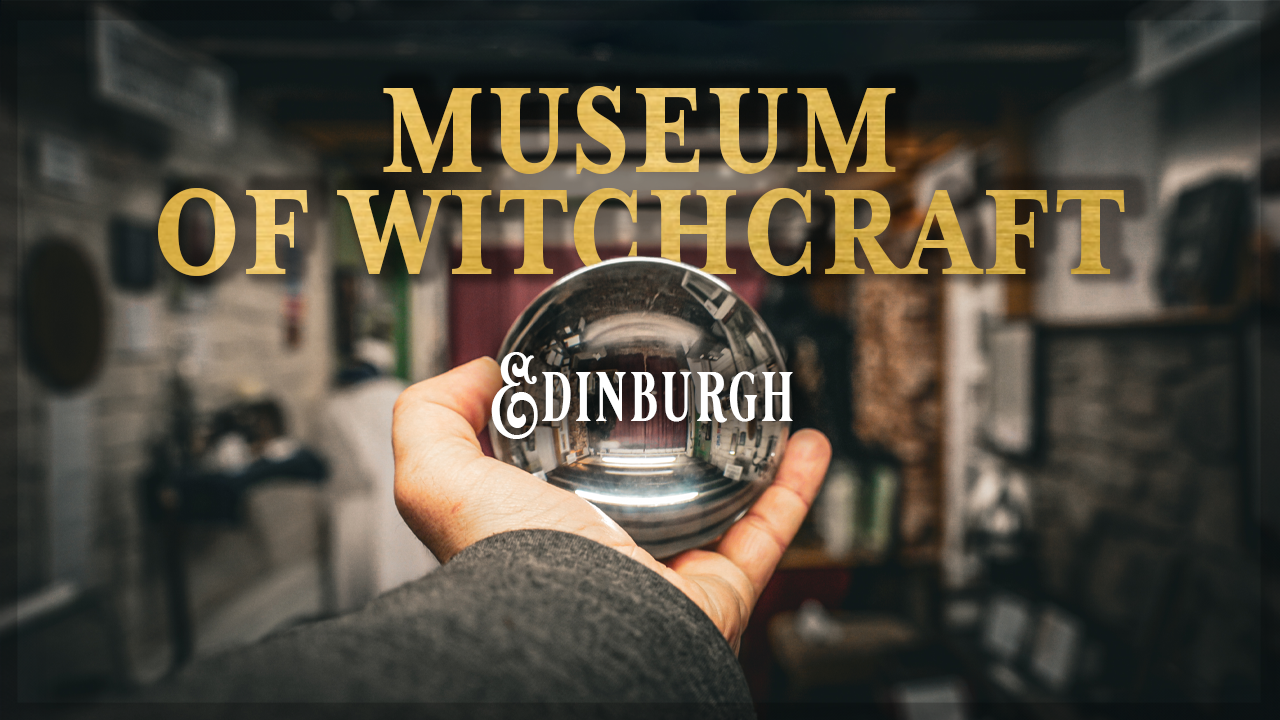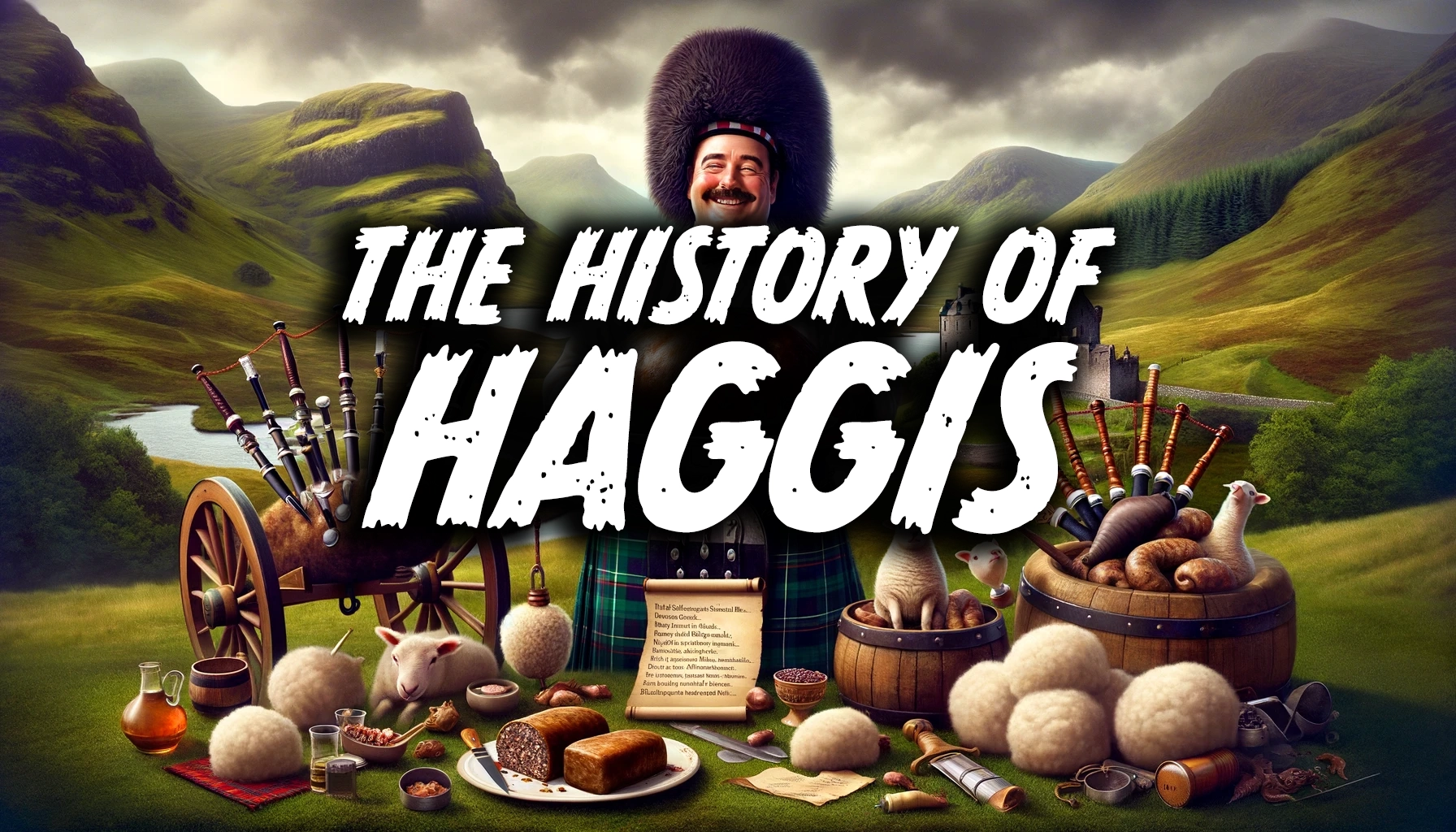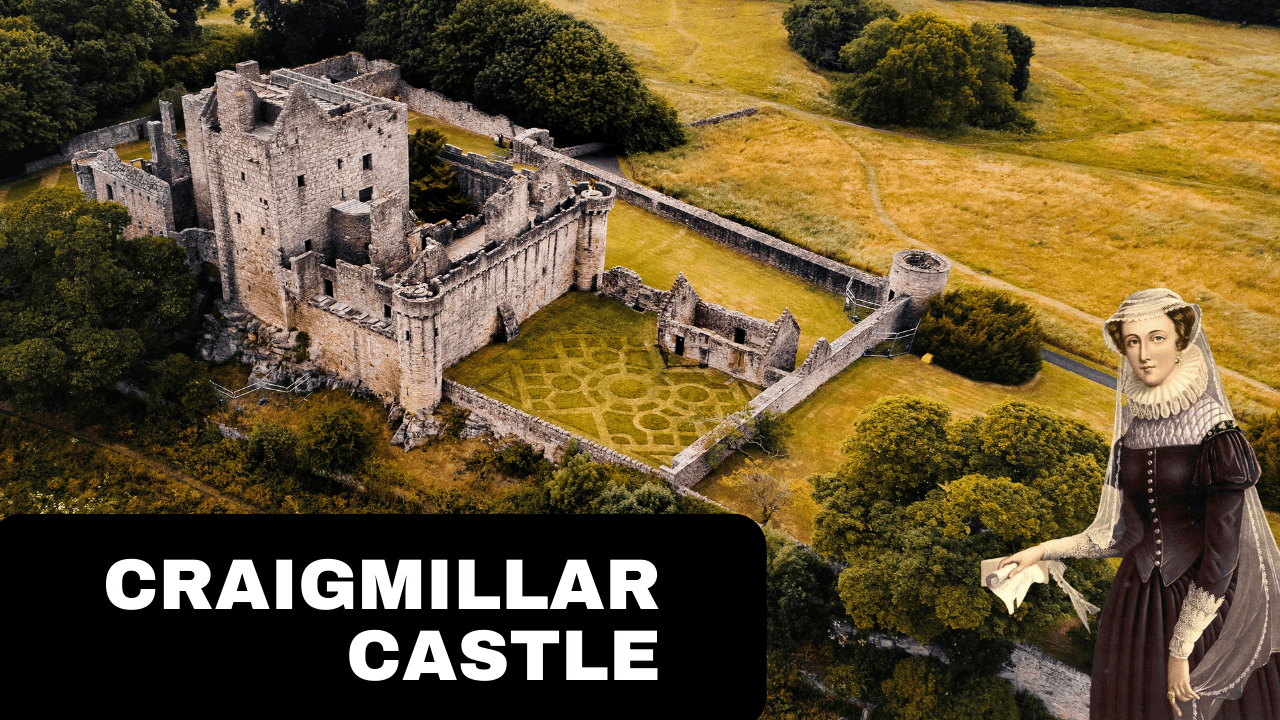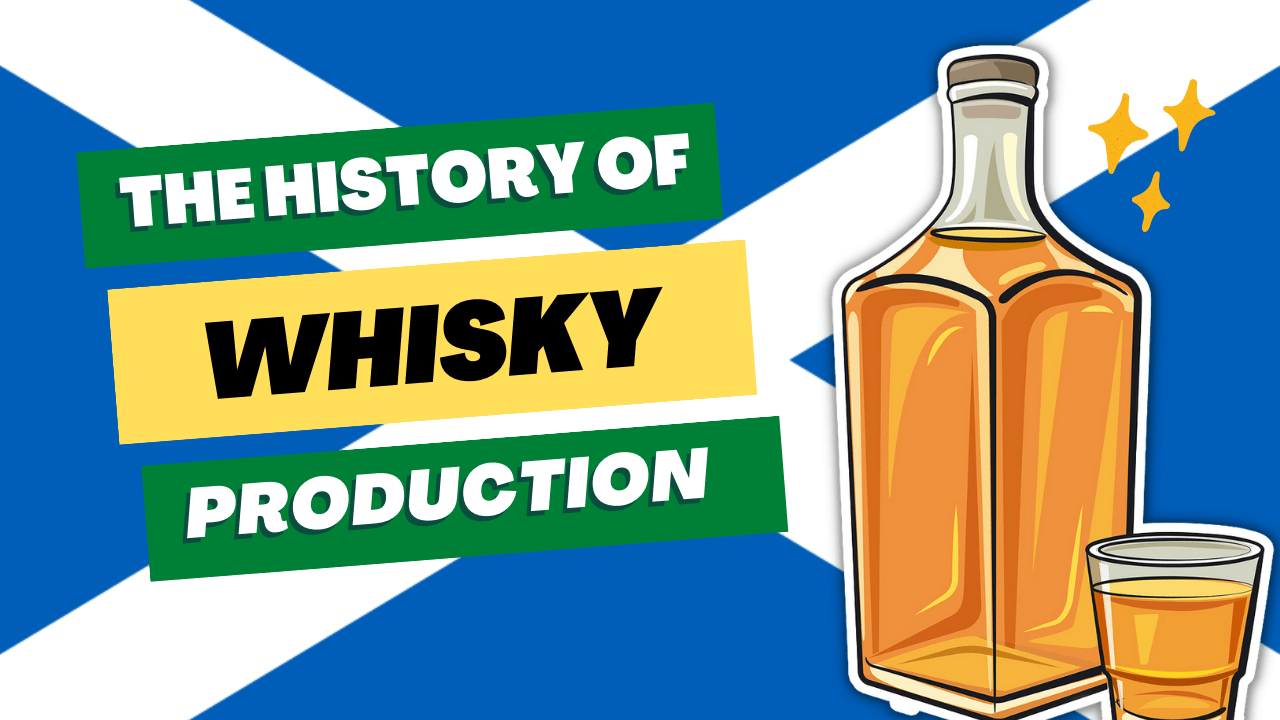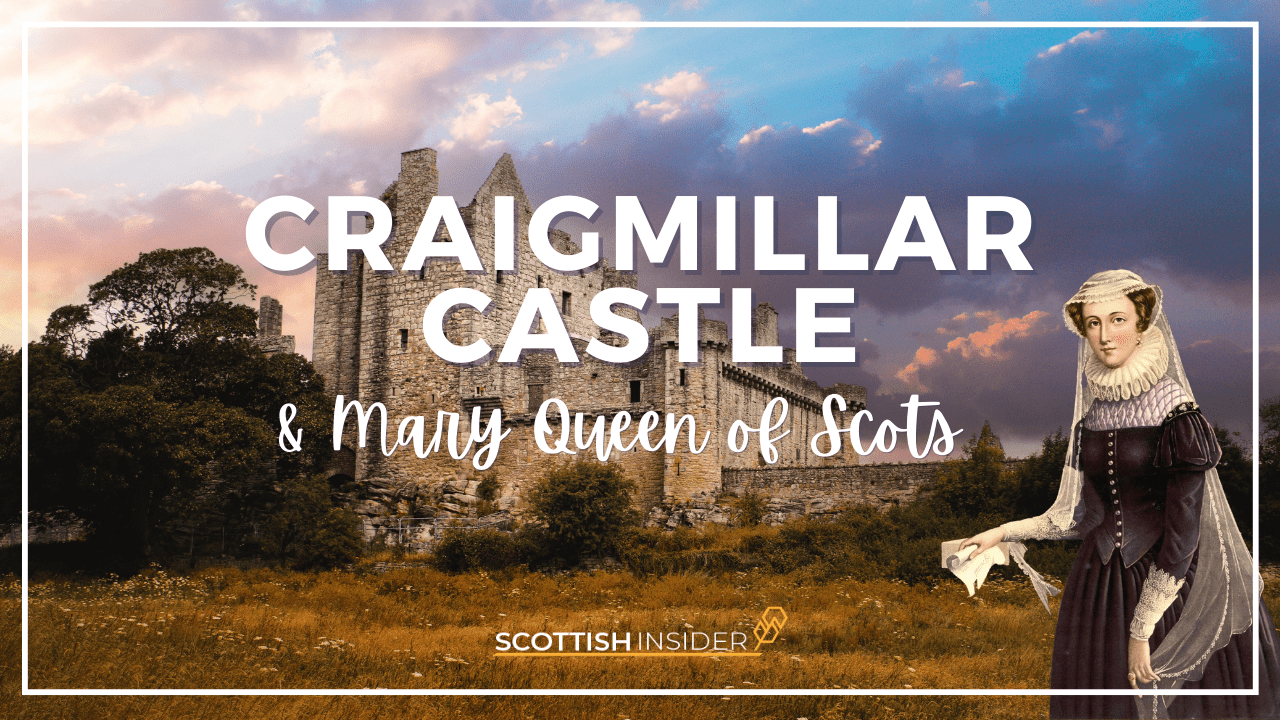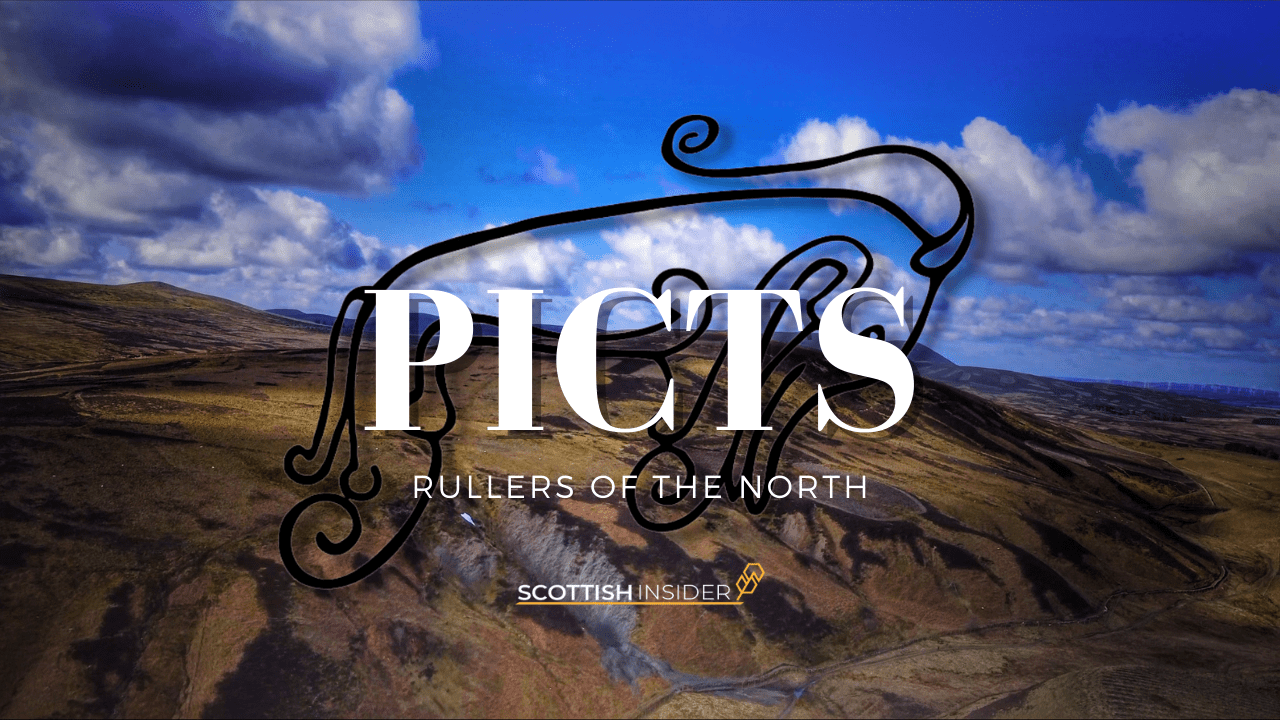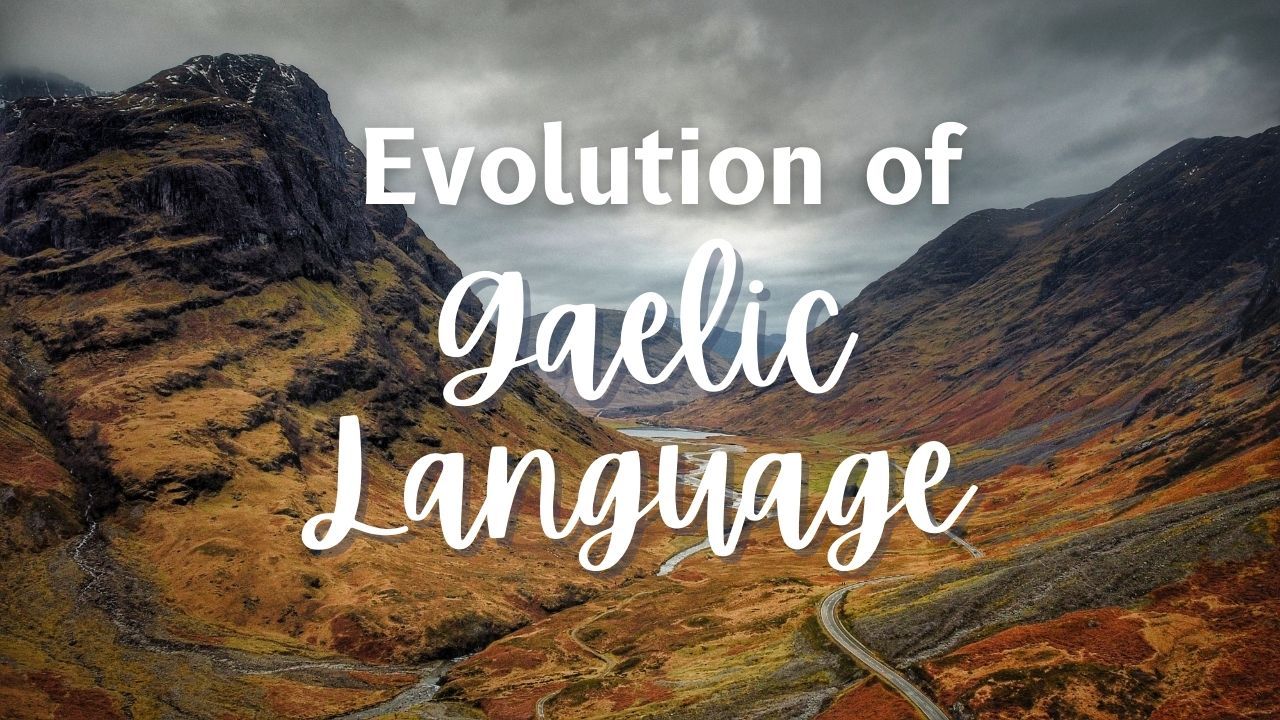Winnie Drinkwater wasn’t just your average Scotswoman; she was a high-flying, record-breaking, engine-fixing dynamo! As the world’s first woman airline pilot and Scotland’s first licensed female aircraft engineer, she soared through the glass ceiling and into the clouds. On the centennial of her birth, Ian Brown, the Assistant Curator of Aviation, tips his hat to this sky queen of Scottish aviation.
Let’s rewind to 04:30 on 11 April 1913 at Waterfoot House, Busby, where Emma Drinkwater brought young Winnie into the world. With a father who was a wizard with wrenches at the British Oxygen Company, little Winnie was destined for more than just tea parties.
Fast forward to seventeen-year-old Winnie at Renfrew Airport, learning to fly before she could legally vote. On her first flight in a de Havilland Moth, she was probably thinking, “How hard can this be?” Turns out, not very for her. Under the tutelage of John C Houston, she quickly became the Hermione Granger of flying.
But why stop at flying? Winnie, at 19, bagged her engineering license, bending the age rules like a pretzel. She became Scotland’s first woman aircraft engineer and then nabbed her commercial pilot’s license. By 1933, she was jetting off with Midland and Scottish Air Ferries, becoming the world’s first woman commercial airline pilot. Talk about a double whammy!
Her first gig? Joyriding passengers at Prestwick in a Fox Moth. By 27 April 1933, she was flying scheduled services, earning less than her male counterparts. But Winnie wasn’t having any of that. She persuaded the airline’s founder to pay her the same as the boys – a move so ahead of its time, it would make the 1970 Equal Pay Act blush.
Winnie’s adventures included monster-hunting over Loch Ness and snapping aerial shots of the Queen Mary liner. Her 21st birthday was a bash to remember, where she received a ‘Key to the Kingdom’ from her fellow pilots and caught the eye of Francis Samuel Short, an aircraft manufacturer director. They tied the knot faster than you can say “lift-off,” ending her career with a total of 818 flying hours.
Winnie’s love for the skies saw her piloting everything from Moths to Dragons (the aircraft kind, not the fire-breathing ones). You can even see a Gipsy Two engine, from one of her Airspeed Ferries, on display at the National Museum of Flight.
And let’s not forget the Winnie Drinkwater bust in Clyde View Park, a tribute to this aviation pioneer whose story soars high in Scotland’s history. From navigating the skies to navigating equal pay, Winnie Drinkwater was truly a force to be reckoned with!








